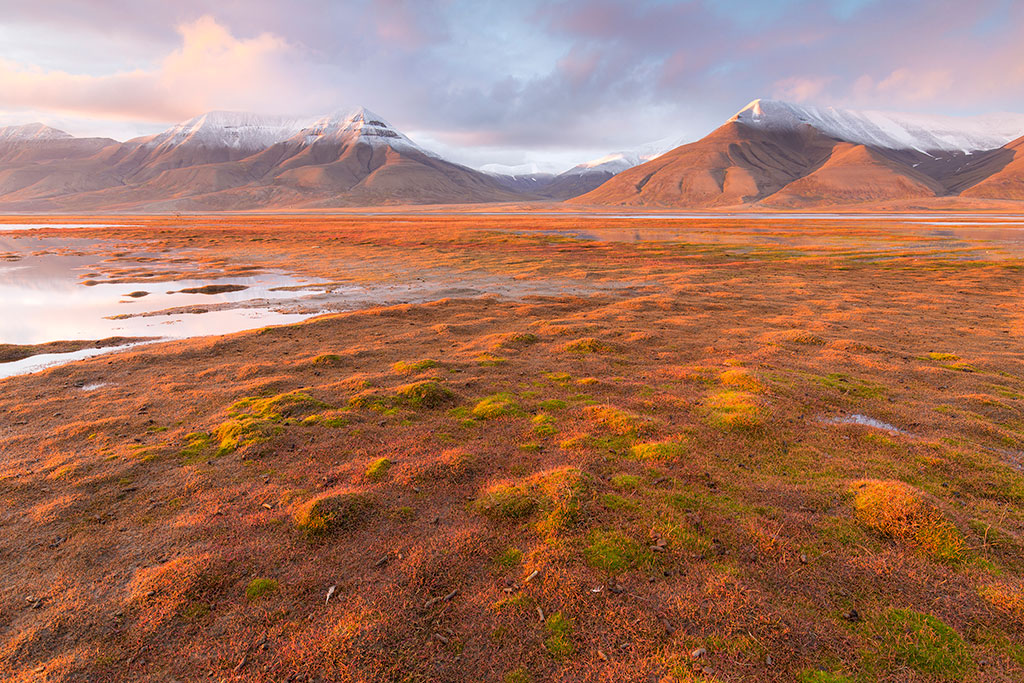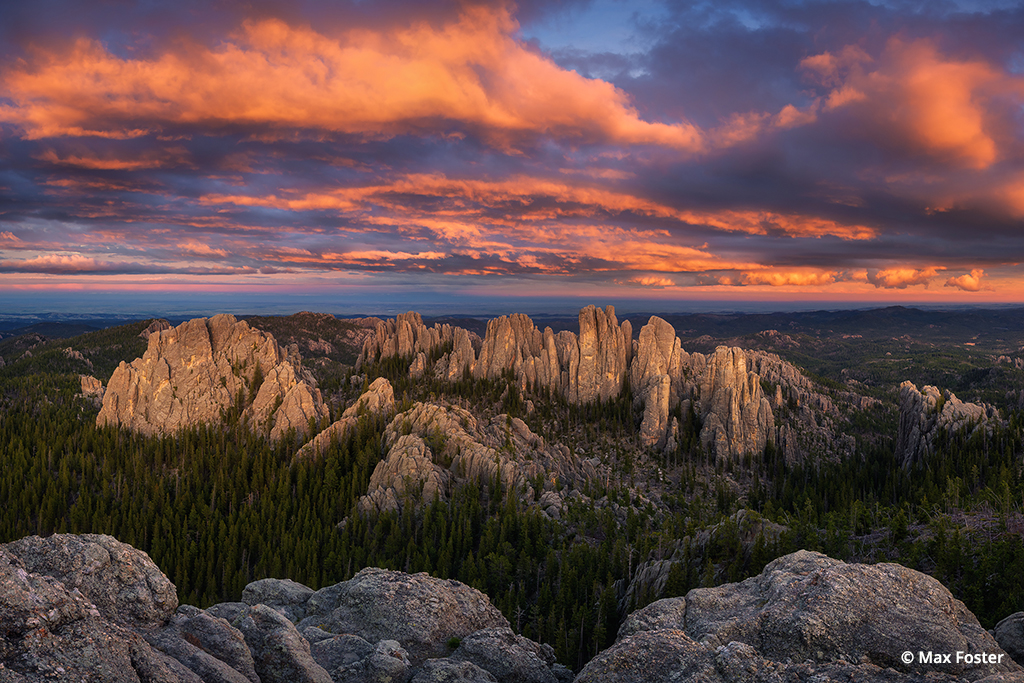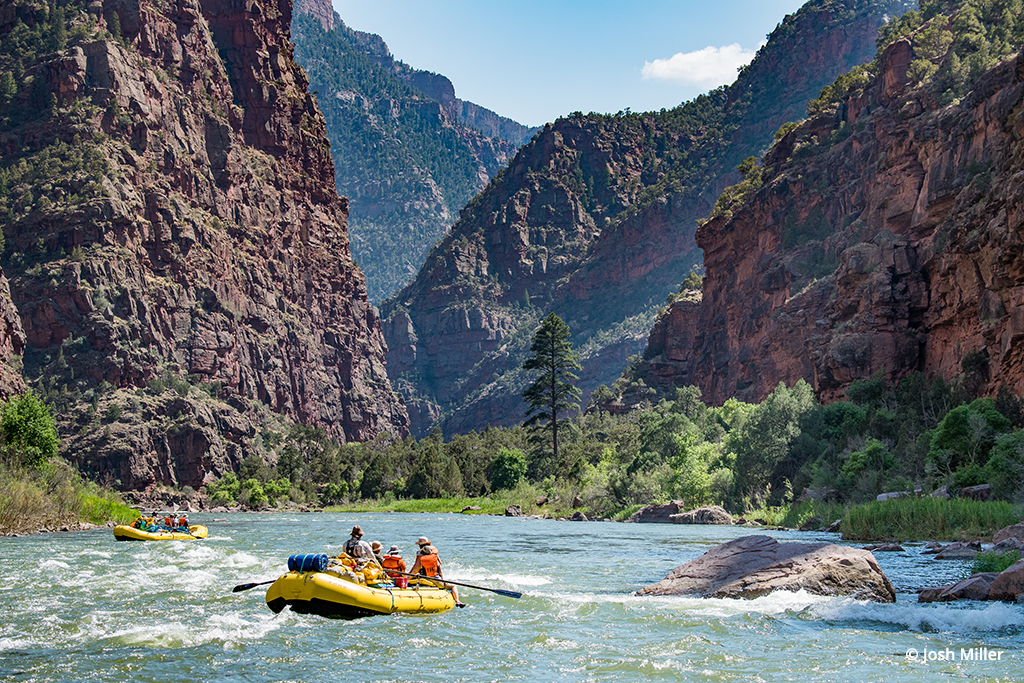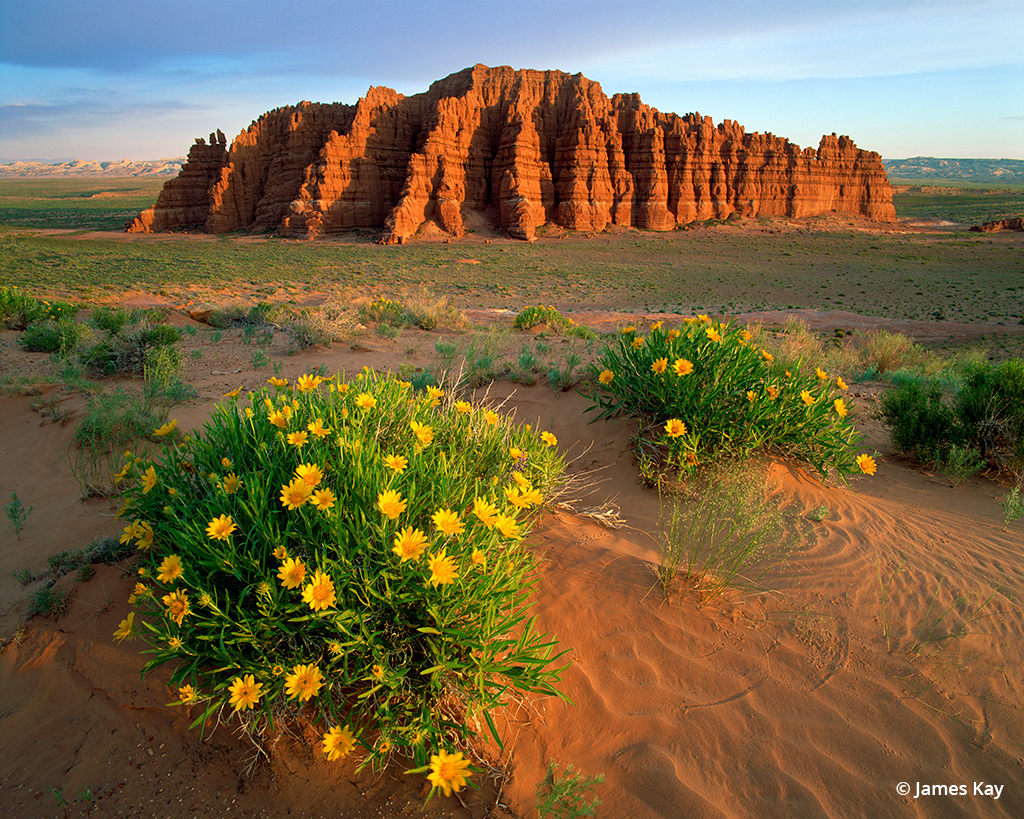Advertisement
Advertisement
Read Next

Why You Should Visit Svalbard In Norway For Photography
Svalbard in Norway features untouched...
The Needles
The Black Hills of South Dakota cover...
Dinosaur Adventure!
After feeling trapped at home for the...
Wildlands Of Utah
Look outside Utah's national parks to...Advertisement


Lessons Learned From Galen Rowell
MOUNTAIN LIGHT. Mountain ranges stand as some of the most magnificent geologic formations on our planet. Often, we’re concerned about running too many magazine covers of mountains, but their iconic landforms and dependable dramatic light have made them the choice subject matter of Galen, Ansel Adams, David Muench and many others. I’ve heard photographers bemoan summer in the mountains, saying that they put their cameras away because the everyday, severe-clear skies are uninteresting. Galen’s photography would counter that there’s always alpenglow if one is willing to depart in the dark before dawn or linger long past sunset to the very last light. In the era of film, long exposures and reciprocity failure would do some dramatic things with the colors at the edges of day. One could argue that current camera sensors and processors have made photography in this low light even more possible and often more surprising. It never fails to amaze me when sharing sunsets with other tourists at well-known viewpoints how many of them leave right after the fire fades. Few, if any, wait it out for the next half hour—the Galen hour.
On August 11, 2002, Galen Rowell and his wife Barbara died in a plane crash on approach to the Bishop, Calif., airport late that night. Galen was a founding contributor, columnist and mentor for Outdoor Photographer from the launch of the magazine in 1985 to the end of his life. His contributions to photography and the scope of his published works are well documented.
So much has happened in the world of photography since Rowell’s death; a true paradigm shift changed everything except the fundamentals of seeing and capturing a remarkable photograph. We take the opportunity to ponder some of the lessons of Galen in the most tangible sense. This isn’t meant to overlook his more profound talents or trivialize his art. He was both an artist and a teacher, and the teacher was forthright and straightforward about the mundane secrets of creating lasting images. That’s what made him so accessible to our readers. The operative word is mobile. It encapsulates his methodology then and represents the new freedoms that modern digital equipment—from formidable pro DSLRs to full-featured compacts to smartphones—has afforded us in much the same way that the advent of 35mm equipment buoyed a new era of extemporaneous photography beginning in the ’30s and ’40s.
Rowell’s “defining photo,” rainbow over Potala Palace.
Galen Rowell: The Defining Photo
We’ve all witnessed how the decades-spanning careers of professionals are ultimately distilled down to a few career-defining images. This is perhaps Galen’s most famous photograph. His Mountain Light Gallery was a former bank in Bishop, Calif., and I can recall this print on display inside the vault. The photograph factored into my life in a very offbeat way. Several years ago, I had ventured into the Nubra Valley in the Indian Himalayas, near the borders of Pakistan and China. I had great hopes of photographing the Diskit Monastery and its treasures. Upon arrival, the very protective overseer monk forbade me to take photographs in the protector’s room (where all the festival costumes and ceremonial items are stored). I was instantly frustrated and tempted to be irate, but knew that would be unproductive, so I let my wife and our guide chat it up with the monk. It was mentioned that we were friends with the man who took the famous photo of the rainbow over Potala Palace and that Galen also was a friend of the Dalai Lama. Immediately, the monk knew the photo and his entire mood toward us changed. I got what I wanted, and we finished the day sharing a cup of tea in the monk’s quarters. Today, there’s a temptation to use the low price of high-capacity memory cards to bang away like monkeys on typewriters hoping to stumble upon art. This photo and the story behind it (involving running a considerable distance at high altitude to line up the elements) speak to the never-out-of-fashion need to recognize quality over quantity. When traveling, pick your best opportunity and focus on it. Give yourself the time to get it right.
“Galen made an art of the self-portrait, for the most part out of necessity.”
Galen Rowell: Self Portrait
The desire to include ourselves in photos and videos has spawned a number of highly popular cameras and camera features designed to satisfy our egotistical need to record our being there or our stunts. Many DSLRs and compacts have swing-out LCDs. GoPro cameras are common on many bike, ski and moto helmets. The iPhone and other smartphones have self-portrait modes. Galen made an art of the self-portrait, for the most part out of necessity. His photo adventures often found him above the treeline, and he knew the importance of showing scale in locations where boulders and slivers of granite could overwhelm the size of a person with their enormity. This photograph was used as a cover for Outdoor Photographer, and I can recall the involved story behind the shot whereby Galen conducted some considerable previsualization and preplanning to set it up, climb the pinnacle and be in position for the perfect rim-light effect, then a friend tripped the shutter. There was something about watching his shadow in relation to the camera that helped compose the shot, especially if a camera’s self-timer is used. Galen employed this technique in more than one memorable photograph—all done without the benefit of instant LCD review.
Galen Rowell worked frequently with grad NDs and helped popularize them with nature photographers.
Rowell & Graduated Neutral-Density Filters
For some reason, I look back on the ’90s and I associate Galen with the popularity of the graduated ND filter. He didn’t invent it and wasn’t the only one to use it, but he wrote a lot about the application of graduated ND filters, he used one in many of his photographs, and he had a great influence on many who thought of him as a mentor. Galen built his business on the notion of mountain light, from the Sierras to the Himalayas. In this realm, the range between bright and shadow is significant, so it would be natural for him to embrace the graduated ND filter. I can recall that there was a time when we would write about grad NDs in the magazine, and the response by readers would be great, as though people were being introduced to a single filter that surmounted the greatest shortcoming in the abilities of film to record the natural environment. In the photo shown here, it’s easy to see the use of a graduated ND in the dark trees below the illuminated peak. Today, the topic of HDR solicits a similar popular response as the modern software solution to controlling high-contrast photos. Some photographers overindulge in HDR while others engage in moderation and keep its effects as undetectable as possible. Like any tool, it’s up to you as to how you use it, whether it’s to control the contrast in a scene or to generate garish colors and gritty comic-like images.
Go Light
If you’re known to be involved in the photography industry, or known to be the smart friend, you’re undoubtedly asked by others, what’s the best camera? The correct answer is always the one that you have with you. In the early years of Outdoor Photographer, two of our columnists, Galen Rowell and Dewitt Jones, famously used the Nikon FE and FM2 cameras with E-series lenses. This gear was downsized compared to the pro models, and it was designed to appeal to amateurs. Galen was extremely fit and would admit to a genetic advantage for coping with altitude in places like the Rongbuk Monastery in the Everest region—not a bad trait for a mountain climber. He would tell stories about running to the tops of mountains or speed-hiking to less accessible locations with this lightweight gear, sometimes just an SLR body and a zoom lens. Of course, this approach to equipment meshed neatly with the “ƒ/8 and be there” philosophy. Today, it’s easy to be a proponent of affordable, portable DSLRs with their high-resolution sensors over the pro models that can cost more than $6,000. Furthermore, it’s still the lens that captures and delivers the light, and should be the most thoughtful of your purchases.
“ƒ/8 And Be There”
This used to be the stock answer of snide photographers when asked, “How did you get that great shot?” For those who have grown up in a world where exposure settings are passé under the umbrella of Program Mode or Creative Settings or full automatic, ƒ/8 referred to the middle ƒ-stop, implying that the camera settings were far less important than being in the right place at the right time. As a professional, Galen had the advantage over most of us to spend extensive time in the outdoors to be at locations when the light was right. Anecdotally, his son Tony Rowell has shared photographs with me that were taken by him at times when he accompanied his father and they’re remarkably similar. There’s a lesson here, though not precise. I’ve seen many similar photographs over the years from photographers, pro or amateur, who happened to be at the same place at the same time. Penguins on an Antarctic iceberg, a clearing storm at El Capitan, Bridalveil Fall like a thread of gold all come to mind. Despite the paradigm shift from film to digital and the extreme sophistication of modern equipment with its fixation on megapixels, subject always trumps quality (with the exception of sharp focus, which is always critical and unfixable).
In the category of outdoor photography, Galen was influential in bringing legitimacy to 35mm. There’s also the agility of the lightweight camera that, I tend to think, frees up creativity. Over the years of changing gear preferences from 4×5 to medium to 35mm, it has always been noticeable to me that creativity in composition tends to be inversely related to format size. The larger the format, the more unadventurous or stiff the composition, as the photographer is encumbered by the sheer weight of camera and tripod. I’ve seen this to be true even with the images from individual photographers who use a range of formats in their work. Carrying the Galen example into the present day, there’s a great deal of freedom afforded by image-stabilized lenses, reduced noise at high ISO settings and improved quality in smaller sensors. It’s interesting to ponder how Galen would counsel his students today.